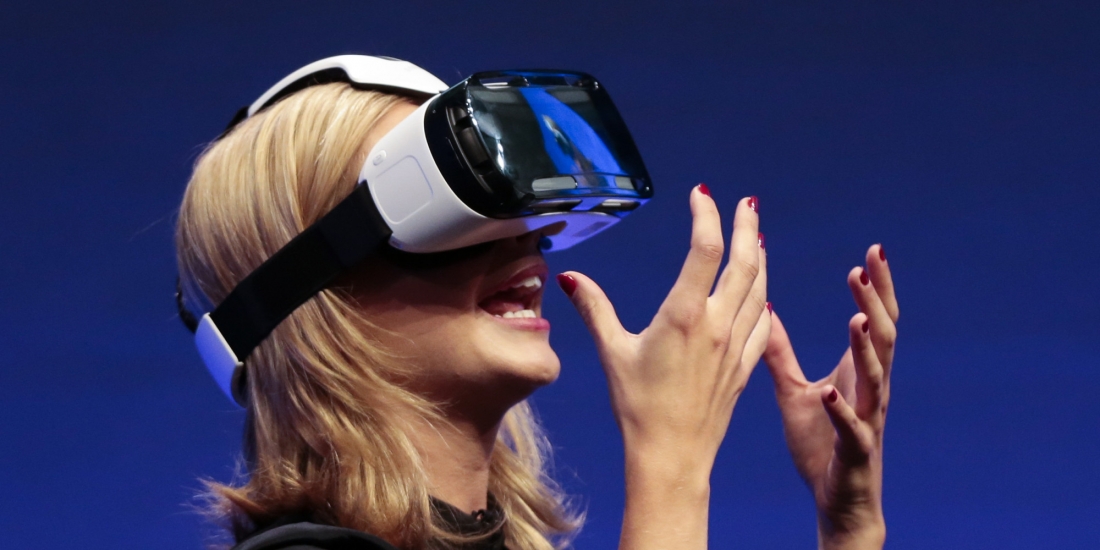
The last few decades have seen an explosion in technology-driven products for consumers. From PCs, tablets, and smartphones, to large flat-screen TVs, high-resolution recorded media, and numerous delivery methods for consuming that media, technology has become completely intertwined into most people’s lives.
Along the way, a fundamental belief that technology could continue to drive hot new product categories has become so widespread, expectations of such developments have started to define our views of the future. “What’s the next new hot category for tech?” has become not just a common buzz phrase, but the filter through which we view and try to interpret the latest product news and technology advances.
The view through this particular lens has begun to get very murky though. It’s not that we’re not continuing to see important new products and technology innovations—of course we are. After a long stream of critical, widely adopted devices, however, there is no tech heir apparent.
Sure, there are lots of interesting new categories—wearables, smart home components, virtual and/or augmented reality, and connected cars to name a few—but none of them look to have the kind of widespread acceptance and influence on our day-to-day lives that the things like PCs, smartphones, flat-panel TVs, and even tablets have had.
To put them into a more historical perspective, several of these new categories feel more like MP3 players or BluRay—certainly important technologies in their day, but not categories that have withstood the test of time when it comes to widespread ongoing usage.
Several of the consumer new categories feel more like MP3 players or BluRay—certainly important technologies in their day, but not ones that have withstood the test of time.
In some instances, such as wearables and virtual/augmented reality headsets, the challenge is that the products really only appeal to a small portion of the overall consumer audience. To be fair, these products are also only in their earliest stages, and will undoubtedly improve to the point where they do appeal to a wider audience. But even still, they just don’t seem like categories we’ll be talking much about in 5-7 years.
In the case of both smart homes and connected cars, we’re also very early in the development process. In fact, I expect the arc of development to be significantly longer for both of these categories, so arguably, we could even be in earlier phases comparatively speaking. But the biggest challenge to acceptance and widespread adoption of these categories is not the technology. The real challenge in moving forward is competing standards.
Unfortunately, different standards being promulgated by big name players, including Intel, Qualcomm, Google and Apple—none of whom are likely to abandon their positions anytime soon—are going to keep things extremely complicated in the smart home market for many years to come.
For connected cars, each auto company will make important safety and connectivity improvements to their own vehicles. Both the technical and legal standards/requirements necessary to enable vehicle-to-vehicle intelligence, however, are still just a glimmer in the eyes of some forward-looking auto and tech industry executives, as well as insurers and legislators.
The net result is that the next few years for consumer tech are likely to be ones of refinement and organization, with more efforts being made to get various individual elements talking to one another—essentially, getting your tech under control. Some of that may happen through mobile apps, but I also believe we’ll see a decreasing influence of individual apps and an increasing impact from consumer-focused services that extend beyond individual devices and specific operating systems.
At the same time, we will continue to see the evolution of the aforementioned categories, such as wearables and smart homes, along with a few that have yet to be invented. But we’re likely to see much more specialization, with a wide range of new tech products that appeal to increasingly targeted (and therefore, smaller) markets.
I don’t view this as a bad development, but it’s certainly a different one than we’ve experienced to date. It’s also one that’s likely to create a different lens through which we’ll start viewing ongoing product and technical advances.
Bob O’Donnell is the founder and chief analyst of TECHnalysis Research, LLC a technology consulting and market research firm. You can follow him on Twitter @bobodtech. This article was originally published on Tech.pinions.
https://www.techspot.com/news/62194-whats-next-consumer-tech.html